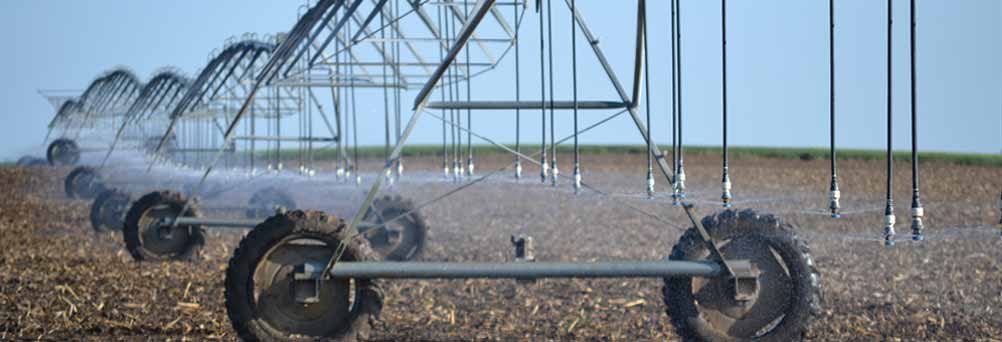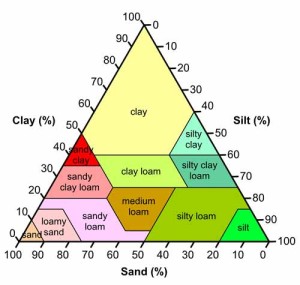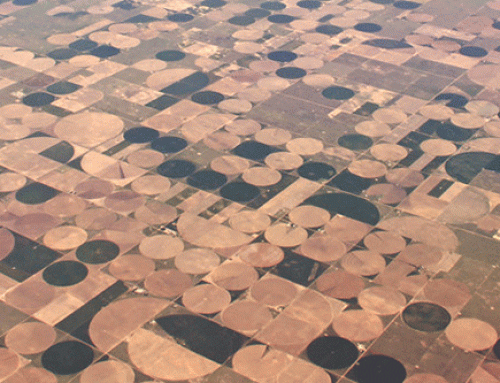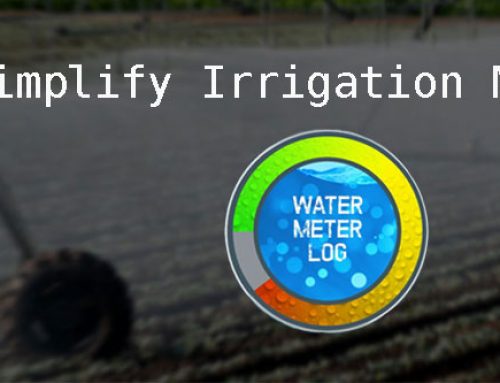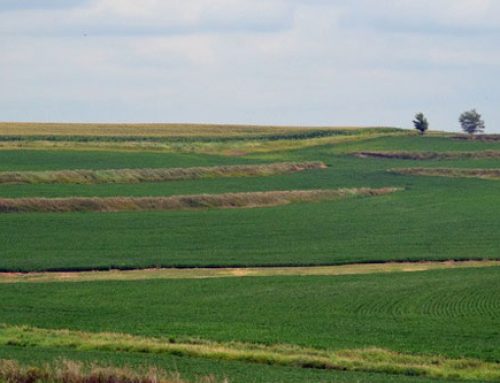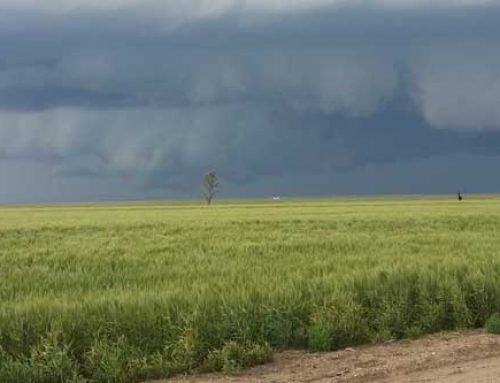Soils vary in many different ways. They differ in texture, infiltration rates, tilth, permeability, depth, organic matter content, and water holding capacity – to name a few.
Soils are made up of three main components: sand, silt and clay. The proportion of each component determines the soil texture. Each soil texture has its own Water Holding Capacity (WHC). The amount of organic matter in the soil also affects water holding capacity to a degree.
Water Holding Capacity is the ability of a certain soil texture to physically hold water against the force of gravity. It does this by soil particles holding water molecules by the force of cohesion. As an example, a sandier soil has much less water holding capacity than a silt loam soil. Due to the size of the soil particles, the cohesive properties are much different between a sand particle and a clay or silt particle.
It is important to know the water holding capacity of the soil to determine how much water storage capacity the field has, and to determine how much supplemental irrigation should be applied. The WHC also determines how much irrigation water can be applied at one time to match the infiltration rate and avoid applying more water than field capacity.
Not all the soil moisture in a soil is available to the plant either. Clay particles have the ability to physically and chemically “hold” water molecules to the particle more tightly than sands or silts. Sands “give up” the water between the pores much easier than silts or clays. A good portion of the water – upwards of 50% – in any soil remains unusable to the plant. When we evaluate how much useable water is in the soil, we start with an allowable depletion level – how dry do we want to allow the soil to get before we put the plant under adverse stress.
To show the difference between the amount of water available to the plant, let’s take a silt loam and a sand soil as an example. If we determine that our allowable depletion is 30%, and we have an effective 3 foot root zone, the silt loam soil holds ~2.16” of useable moisture. Using the same equation, the sand soil holds ~.72” of useable moisture. If a crop is using 0.30” of water per day, the silt loam soil has about a 7 day supply of useable moisture. The sand soil has a little over 2 days. These are huge differences, and will affect how you irrigate, and how long plants can wait for the next rain or the next irrigation.
Your Crop Quest Agronomist uses this information to make dependable irrigation schedules for the soil conditions in each field. Other factors that affect an irrigation schedule include the infiltration rate of the soil, the size of the well, the water allotment, the growth stage of the crop, the depth of the root system, and of course, the weather forecast. Sometimes these variables are out of our control. Understanding Water Holding Capacity helps us make a better irrigation schedule as we take into account all the other variables that are out there.
Water Holding Capacity of Various Soil Textures
Sand = 0.8”/ft
Loamy Sand = 1.2”/ft
Clay = 1.35”/ft
Silty Clay = 1.6”/ft
Fine Sandy Loam = 1.9”/ft
Silt Loam = 2.4”/ft
Written by: Dwight Koops
